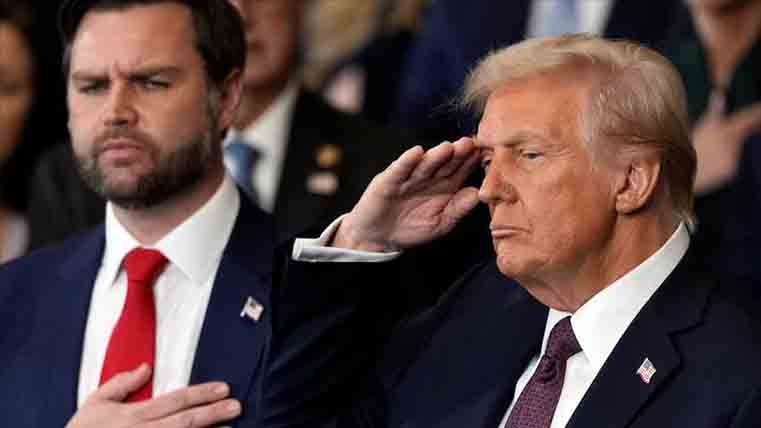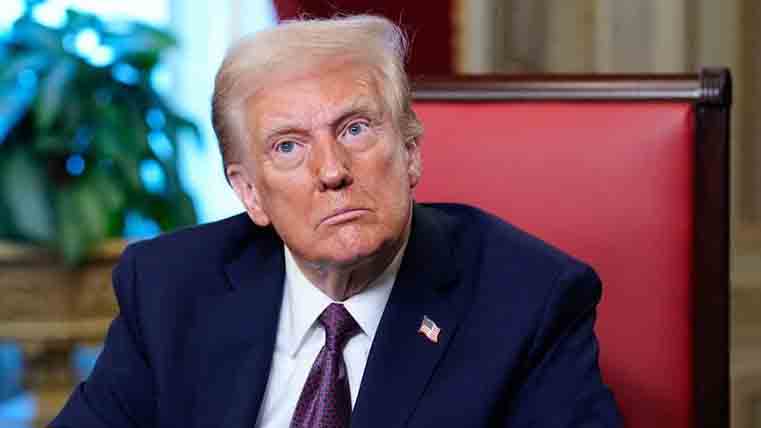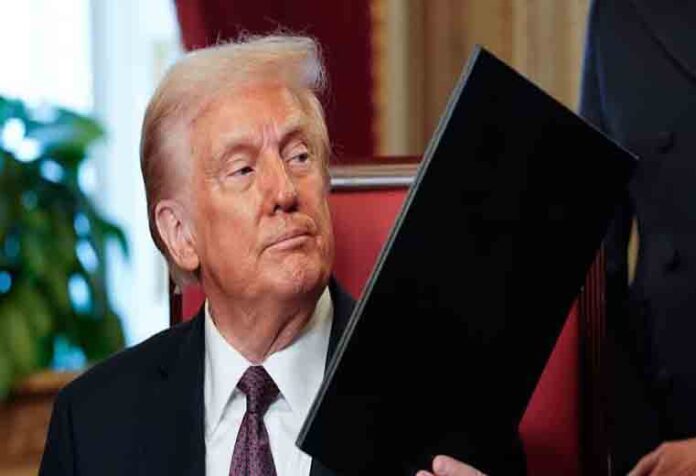Donald Trump’s presidency was marked by a significant reliance on executive actions, which allowed him to enact policies without the need for congressional approval. This approach raised questions about the balance of power within the U.S. government and the potential implications for future administrations. Some of the moast notable executive orders tackled issues such as immigration reform, environmental regulations, and economic policy. trump’s directive style led to the implementation of wide-ranging initiatives that ofen polarized public opinion. Key instances of his executive actions included:
- Travel Ban: Implemented restrictions on several countries, fueling debates around national security and immigration rights.
- Withdrawal from Paris Agreement: Signaled a considerable shift in the U.S.’s approach to climate change, prioritizing economic growth over global environmental commitments.
- Tax Cuts and Jobs Act: Aimed at stimulating the economy through tax reforms, which were executed swiftly via executive order.
critics of Trump’s governing style argue that his extensive use of executive actions undermined the legislative process and bypassed essential democratic checks and balances. Proponents, however, contend that these decisive measures were necessary to cut through bureaucratic inertia and push forward an agenda that aligned with the sentiments of his base. As Trump’s presidency illustrated, the scope of executive actions can become a powerful tool for a sitting president, yet it also raises concerns over the potential for overreach and the durability of such actions when faced with court challenges or subsequent administrations. The long-term effects of his decrees continue to shape discussions about executive power in the American political landscape.
Impact on Legislative Processes and Checks and Balances
The expansion of executive power under former President Trump’s administration marked a significant shift in how legislative processes are approached and executed in the United States. Traditionally,Congress has served as the primary body for crafting and enacting laws,with the executive branch tasked with enforcing those laws. However, Trump’s frequent use of executive actions and proclamations, often bypassing Congress, raised questions about the integrity and functionality of the legislative process. Many critics argue that this shift undermined the deliberative nature of governance, prioritizing swift decision-making over collaborative law-making.
This approach also had profound implications for the system of checks and balances that is foundational to American democracy. By relying heavily on decrees,the executive branch risked consolidating power at the expense of legislative authority,leading to a concerning imbalance. key consequences included:
- Minimized Legislative Input: Bypassing Congress limited opportunities for debate and consensus-building on critical issues.
- Erosion of Norms: The increasing acceptance of executive actions as a governing tool could lead to future administrations feeling empowered to act unilaterally, regardless of party affiliation.
- Judicial Challenges: many of Trump’s executive actions faced legal scrutiny, prompting a flurry of lawsuits that highlighted the tenuous balance of power between the branches.
The ramifications of this governing style extend beyond Trump’s presidency, potentially reshaping how future leaders approach their executive authority and interact with the legislative branch. As the nation continues to grapple with the legacy of these actions, the debate over the appropriate limits of executive power remains more relevant than ever.
 Evaluating the Economic Implications of Decrees on American Citizens
Evaluating the Economic Implications of Decrees on American Citizens
As executive actions increasingly define the policy landscape, their economic ramifications on American citizens merit close examination. The surge of decrees, notably those issued during Trump’s presidency, has led to a variety of outcomes that directly affect individuals’ financial stability and job security. Key areas impacted include:
- Labor Market Dynamics: The rollback of certain regulations aimed at worker protections has fueled debates about wage growth and job quality.
- Trade Policies: Executive actions on tariffs have disrupted traditional supply chains, leading to both increased prices for consumers and uncertainty for businesses dependent on international trade.
- Healthcare Access: Modifications to existing laws via executive orders have altered the coverage landscape, potentially leaving millions without adequate healthcare access.
Furthermore, the appropriateness and frequency of these decrees raise questions about their long-term sustainability and legitimacy in fostering economic growth. While some argue that swift action circumvents bureaucratic delays, critics warn of the peril in relying on unilateral decisions that are often subject to reversal. The fluctuating economic climate tied to these measures has provoked a renewed interest in understanding their broader implications,especially in terms of equitable growth and the distribution of resources across different demographics. As the economic effects of these decrees continue to unfold, it remains crucial for citizens to engage with the intricacies of this governance approach.
 recommendations for future Executive Action Protocols
recommendations for future Executive Action Protocols
Moving forward, the formulation of executive action protocols should prioritize a framework that promotes openness and accountability. To mitigate the risks of unilateral decision-making that can lead to a fractious political environment, it is essential to implement guidelines that require extensive stakeholder consultation prior to the issuance of executive orders. This can be achieved by establishing a formalized stakeholder engagement process that includes:
- public comment periods: Allowing citizens to voice their opinions on proposed executive actions.
- Expert advisory panels: Integrating insights from a diverse set of experts to inform executive decisions.
- Cross-agency collaboration: Ensuring that multiple government entities review and provide input on significant actions.
Furthermore, enhancing the legislative-checks component is crucial for reinforcing democratic principles. This may involve a more robust system of checks and balances that empowers Congress to play a vital role in overseeing executive actions. Establishing protocols such as:
- Mandatory reporting: Requiring the executive branch to periodically report to Congress on the implications and outcomes of significant executive actions.
- Joint resolutions: Allowing Congress to pass joint resolutions to approve or disapprove major executive actions explicitly.
- Sunset clauses: Implementing temporary executive orders that must be reviewed and renewed by Congress to remain in effect.
Such measures would not only cultivate a system of checks and balances but also foster a culture of collaborative governance, essential for effective and stable leadership.
